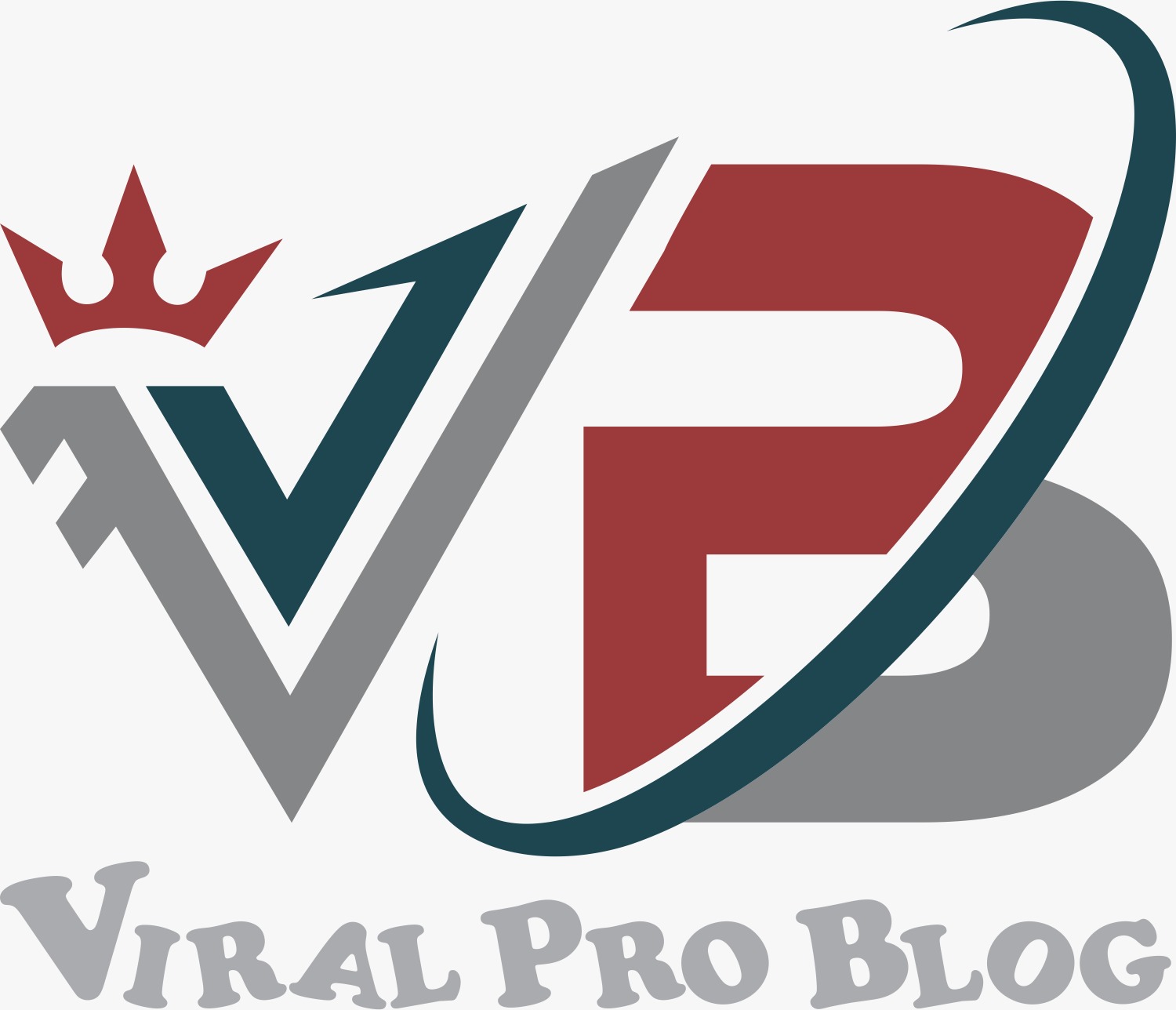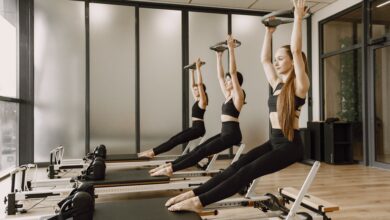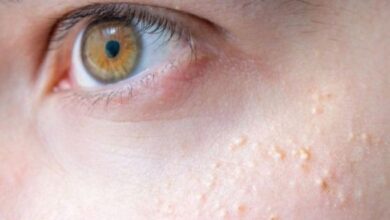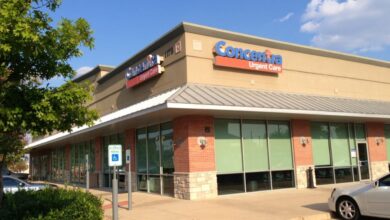Massage Therapy for Athletes: A Comprehensive Guide
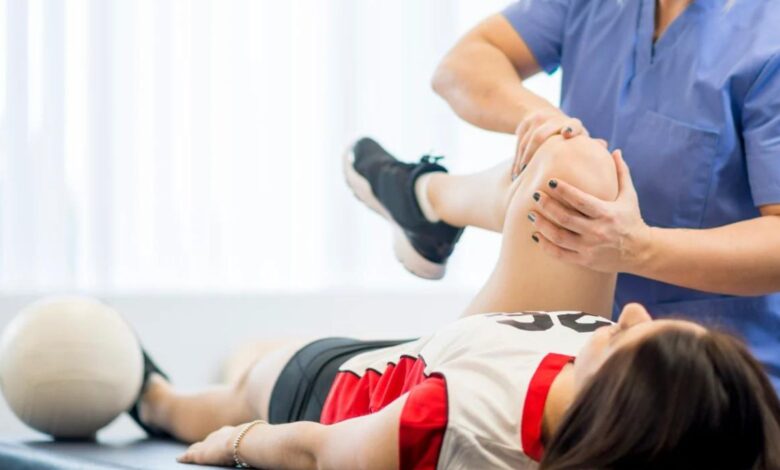
Athletes can benefit greatly from massage therapy as it can enhance their performance, lower the risk of injuries, and enhance their overall well-being. Athletes can benefit greatly from massage therapy as it can enhance their performance, lower the risk of injuries, and enhance their overall well-being. In the dynamic world of athletics, where peak performance and injury prevention are paramount, sports massage emerges as a crucial ally for athletes seeking to optimise their physical prowess and overall well-being.
The art of sports massage unveils a tailored approach that caters specifically to the unique demands of athletes. This comprehensive guide delves into the realm of sports massage, unravelling its myriad benefits, exploring diverse techniques, and delving into the art of seamlessly integrating it into an athlete’s routine. From enhancing circulation and muscle flexibility to mitigating pain and nurturing quicker recovery.
Sports massage Ashford Kent presents itself as an indispensable tool for athletes aiming to reach their zenith while safeguarding their physical vitality. This comprehensive guide outlines the benefits of massage therapy for athletes, the different types of massage techniques, when and how to incorporate massage into an athlete’s routine, and important considerations to keep in mind.
Benefits of Massage Therapy for Athletes:
Improved Circulation:
Sports massage helps increase blood flow, delivering oxygen and nutrients to muscles, which aids in muscle recovery and reduces soreness. Enhanced circulation, a hallmark of sports massage, revitalises muscles by boosting oxygen and nutrient delivery. This vital process accelerates recovery, reduces soreness, and primes athletes for optimal performance, underscoring the integral role of improved circulation in their pursuit of excellence.
Muscle Relaxation:
Muscle relaxation, a cornerstone of massage therapy, induces a serene state where tension dissolves. Skilful techniques coax muscles to unwind, alleviating tightness, enhancing flexibility, and fostering a profound sense of calm. This essential aspect of massage renews the body, allowing athletes to achieve peak performance with revitalised muscles.
Pain Reduction:
Sports massage excels at back pain reduction, targeting muscle soreness, tension, and trigger points. By skillfully manipulating tissues, this specialised technique fosters relief, enabling athletes to conquer discomfort and perform at their best, ensuring a seamless journey towards the optimal physical condition and athletic excellence.
Injury Prevention:
In the realm of athletics, injury prevention stands as a paramount concern. Sports massage plays a pivotal role in identifying potential muscle imbalances and addressing areas of tension. Through targeted techniques, it enhances flexibility, fosters muscle resilience, and safeguards athletes from potential injuries, ensuring their continued peak performance.
Stress Reduction:
Massage promotes relaxation and reduces stress hormones, which can positively impact an athlete’s mental well-being and overall performance. Stress reduction is a vital component of maintaining a balanced and healthy lifestyle. Through relaxation techniques, mindfulness practices, and engaging in activities that bring joy, individuals can effectively manage stress, enhance mental well-being, and cultivate a sense of inner calm.
Types of Massage Techniques:
Deep Tissue Massage:
A therapeutic technique called deep tissue massage focuses on targeting the deeper layers of muscles and connective tissue. Applying focused pressure and slow strokes helps alleviate chronic stress, releases muscle knots, and promotes relaxation. This intense form of massage can aid in pain relief, improved flexibility, and overall muscle health.
Sports Massage:
Specifically designed for athletes, this type of massage combines techniques from various modalities to address an athlete’s specific needs, such as improved flexibility, muscle recovery, and injury prevention.
Stretching and Joint Mobilisation:
Stretching and joint mobilisation are pivotal components of an athlete’s routine. Stretching promotes flexibility, enhances range of motion, and prevents muscle tightness. Joint mobilisation employs gentle movements to improve joint function and reduce stiffness. Together, these practices optimise performance and reduce the risk of injuries, ensuring athletes stay agile and resilient.
Incorporating Massage into an Athlete’s Routine:
Pre-Event Massage:
A shorter, invigorating massage before a competition or training session can help stimulate muscles, increase circulation, and prepare the athlete for optimal performance.
Post-Event Massage:
A gentler massage after intense activity helps reduce muscle soreness, promote recovery, and prevent stiffness. After a game, stiff muscles and cramps can easily be covered with a good massage after the game.
Regular Maintenance Massage:
Athletes should consider a regular massage therapy session in their training regimen to address muscle imbalances, prevent injuries, and maintain overall well-being. This will help them to better performance and better blood flow.
Considerations:
Qualified Massage Therapist:
Ensure you work with a licensed and experienced massage therapist who has expertise in working with athletes.
Communication:
Communicate your specific needs, goals, and any injuries or concerns to the massage therapist before the session. If you do not communicate your body condition or requirements with your therapist, it may lead to an injury. For better results, you should communicate in detail all the aspects.
Hydration:
Muscles contain plenty of water. They need water in the body to perform well. A deficiency of water may cause cramps in muscles. Drink plenty of water before and after a massage therapy to help flush out toxins and support the body’s recovery process.
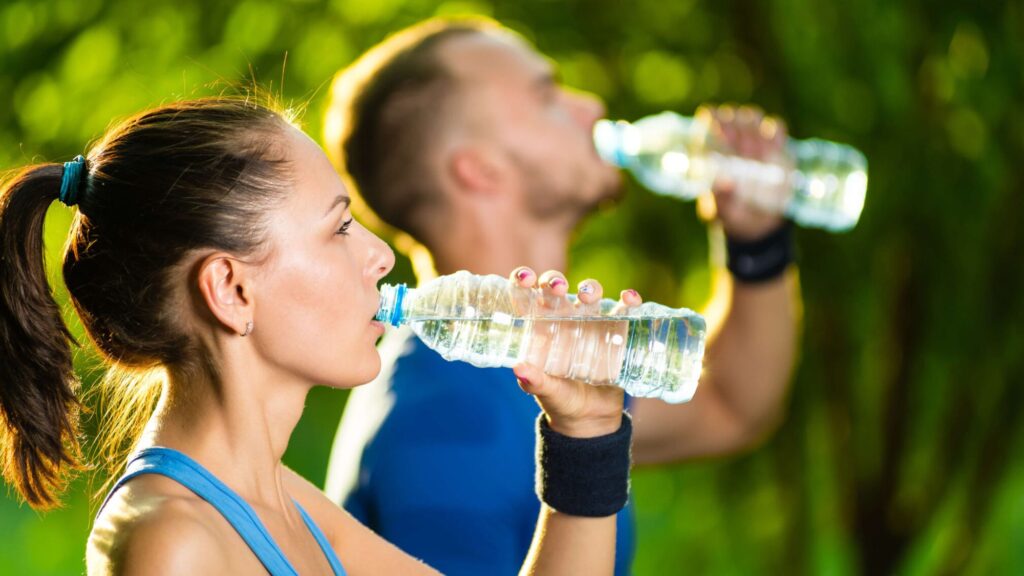
Timing:
After massage, you need some time to rest. At first, it makes you a little tired and then gives the pain relief. Give sufficient time for recovery after a deep tissue or intense massage session, especially before important competitions or events.
Personal Preferences:
Each athlete’s body reacts uniquely to massage therapy. It’s best to try out various techniques and frequencies to discover what suits you best. Whether they choose an intense massage, deep tissue massage, relaxing massage, tennis massage or any other, it is all on them.
Medical Considerations:
Before adding massage to your routine, it is important to consult with a healthcare professional if you have any underlying health conditions or injuries or are currently taking medications. Massage therapy can play a significant role in an athlete’s training and recovery plan. By understanding the various techniques, benefits, and considerations, athletes can make informed decisions about incorporating massage therapy into their routine to enhance their performance, prevent injuries, and promote overall well-being.
